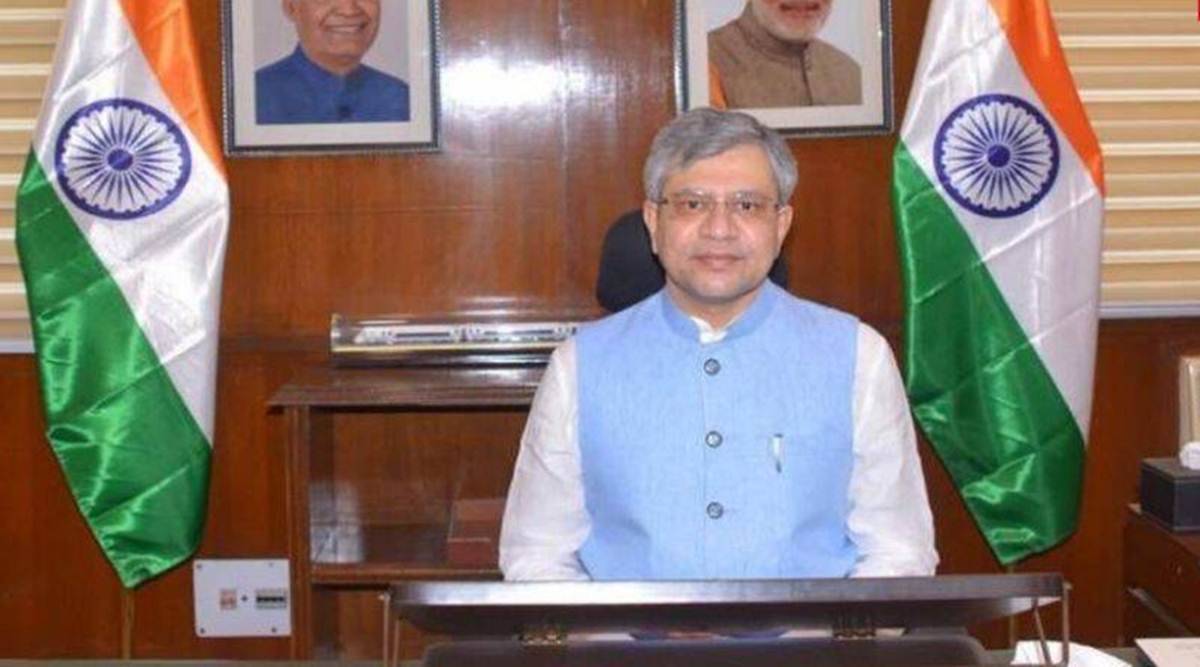India to manufacture 500 items by 2025, by 3D printing.
~Preet.
The National Strategy for Additive Manufacturing Policy was recently released by the Ministry of Electronics and Information Technology (MeitY).
Within three years, the strategy intends to boost India's share of global additive manufacturing to 5% and add USD 1 billion to the country's GDP. It also plans to build 50 India-specific material, machine, and software innovations, 100 new additive manufacturing firms, 500 new products, and educate at least 1 lakh new skilled people. The ideas of 'Make in India' and 'Atmanirbhar Bharat Abhiyan', which urge self-reliance via technological transformation of the production paradigm, are included into the Policy.
3D printing, also known as additive manufacturing, is a process that employs materials such as plastics and metals to turn computer-aided design goods into genuine three-dimensional things. 3D printing is the inverse of subtractive manufacturing, which involves cutting/hollowing out a piece of metal or plastic with a milling machine, for example. Additive Manufacturing is the next phase of digital manufacturing, allowing the convergence of computing electronics, image, and the burgeoning fields of Artificial Intelligence and pattern recognition, as well as the creation of intellectual property and export potential. Through digital processes, communication, imaging, architecture, and engineering, additive manufacturing (AM) offers enormous potential to alter India's manufacturing and industrial production scene. This is where the next generation of companies will emerge. Traditionally, 3D printing has been used for prototyping. 3D printing offers a wide range of applications, including the creation of prosthetic limbs, stents, dental crowns, vehicle parts, and consumer items.
Machines are less expensive, inventory may be kept small, and space needs are minimal. Thus, launching a manufacturing business does not require a huge capital investment, and typical small and medium-sized businesses may readily be modified and retooled for high-tech production. The Indian software sector is well-established, and ambitions to improve connection as part of 'Digital India' are well underway. This will enable the establishment of additive manufacturing facilities in small communities and promote economic growth outside of large cities. Because the complete system is manufactured at the same time and no assembly is necessary, maintaining consistent product quality is much easier.
Because 3D printing is such a narrow and young field, there are no universal credentials or certification standards. Another problem is persuading industry and ministries to push for its adoption in their particular areas, since any new technology that is not easily comprehended confronts difficulties. There was a lot of criticism in the early talks about whether this technology would take away the jobs of highly qualified employees in the medical equipment or aerospace technology industries. Although actual printing is inexpensive, the parts required to assemble a 3D printer are prohibitively expensive due to high equipment and manufacturing expenses. Furthermore, there is a warranty risk, so resource businesses are hesitant to use 3D-printed components in their equipment if they are not insured for harm if the parts fail. The automobile sector, both globally and in India, is the greatest user of 3D printing, and it is now undergoing significant changes, such as the introduction of BS-VI and electrified cars. The creation of new vehicle designs has slowed, as has the need for 3D printing.
There is a need to speed research on manufacturing machinery and procedures at our leading engineering colleges, as well as stimulate the creation of product design centres, so that goods are developed to fit the Indian environment and consumers. Also, the government's assistance in providing incentives for dispersed manufacturing in smaller towns, as well as for the IT industry to focus on developing platforms and markets that seamlessly link customer desires, product designers, and producers is required.

Comments
Post a Comment